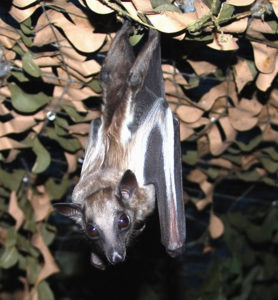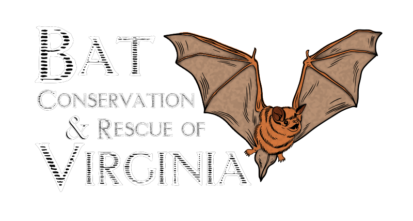
Hi everyone! I hope you all had a good week! Since Shark Week is starting Sunday, instead of the wonderful Bat Week, I thought that I should have this week’s blog also be slightly sharky. Even though they aren’t bats, sharks are very important to us and do need help. Since Shark Week does raise awareness about how important they are, I decided that this year, I won’t be quite so hard on them. After all, they can’t help it that they aren’t lovely little bats.
I did a little bit of research and discovered that there is a beach in South Africa called Gansbaai. This beautiful beach has been nicknamed Shark Ally because there are so many sharks in the water there. In honor of the sharks that swim around that beach, I decided to write this blog about a bat from South Africa. I found an adorable fruit bat called the Straw-colored Fruit bat.
The Straw-colored Fruit bat, like its name suggests, has straw colored fur. They also have olive or brown fur mixed in with the straw colored fur. They have big eyes, big ears, and pointy heads that help them reach fruit. These bats, along with other fruit bats, have cheek pouches. They use the cheek pouches to stash fruit in. They like to do this, then fly away with their yummy fruit. They do this so that other bats can’t get to their tasty meal. Straw-colored fruit bats eat a lot of fruit, their favorites seem to be mangoes, dates, figs, baobab flowers (which bats are drawn to because they are very stinky), passion fruit, and avocados. Apparently, these bats are very vocal eaters, and like to scream about their food finds to their friends. They smack their lips while they eat, which I find adorable.
Sadly, these fruit bats don’t live where I do, but they do live in South Africa. They actually live in a lot of Africa in the area south of the Sahara Desert, up north into Ethiopia and Egypt, and even southwestern Arabia. They like to roost close to their food so they don’t have to fly far. They roost in trees mostly but can also be found in caves. They live in rain forests, the desert, savanna, and other dry areas, but they like more tropical areas that have food for them.
If you would like to read more about these adorable bats, you can find information here.
